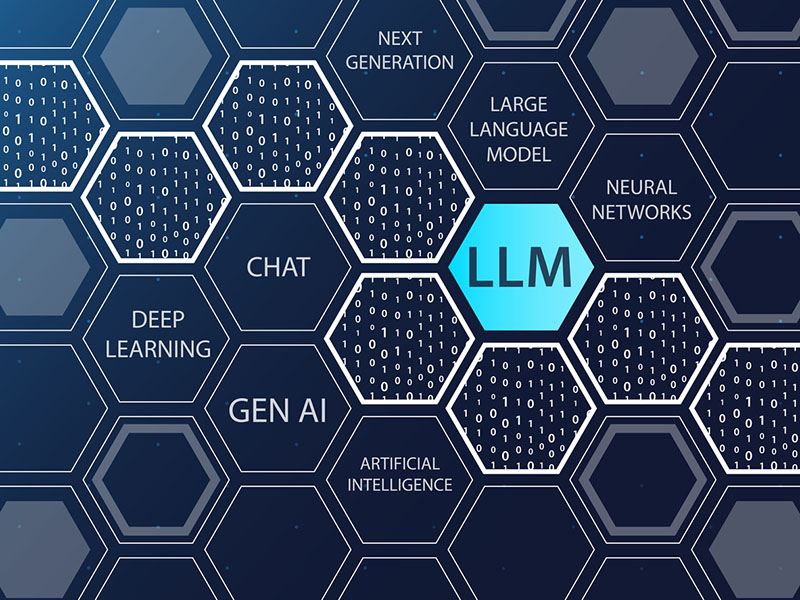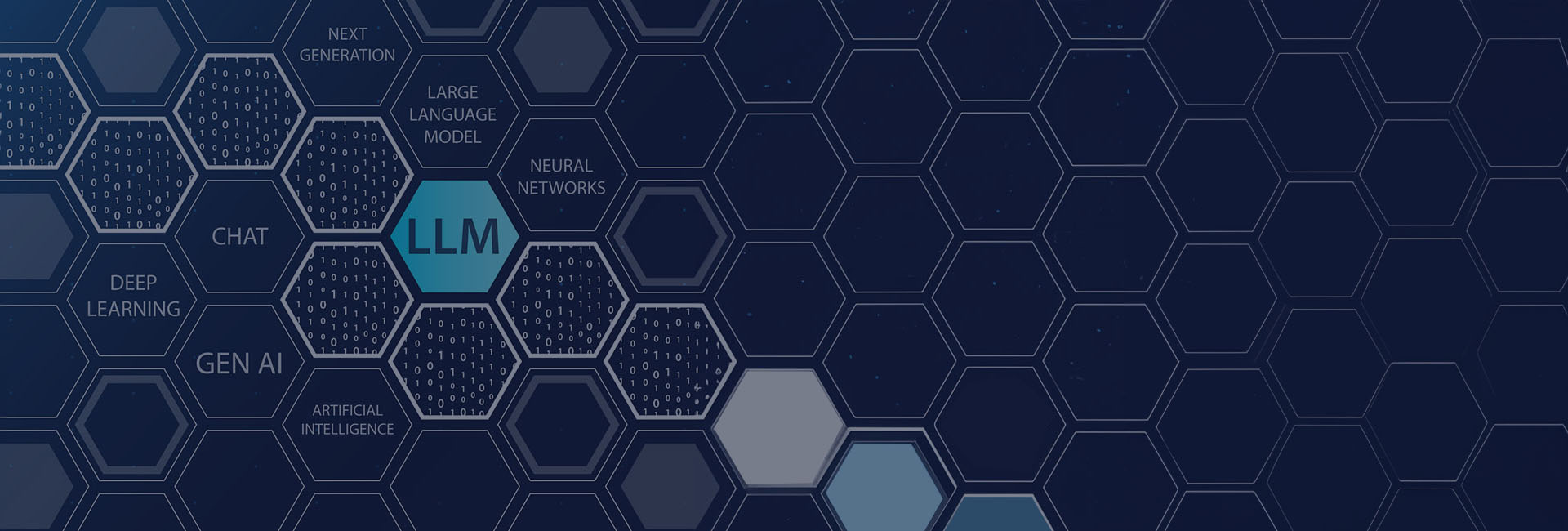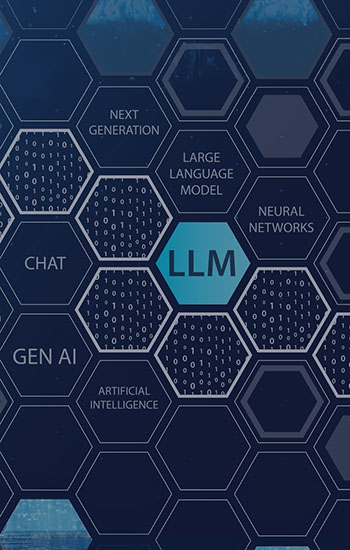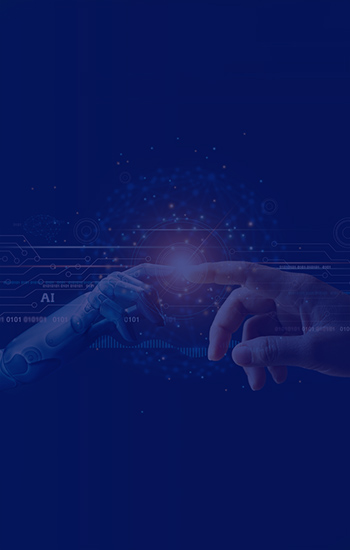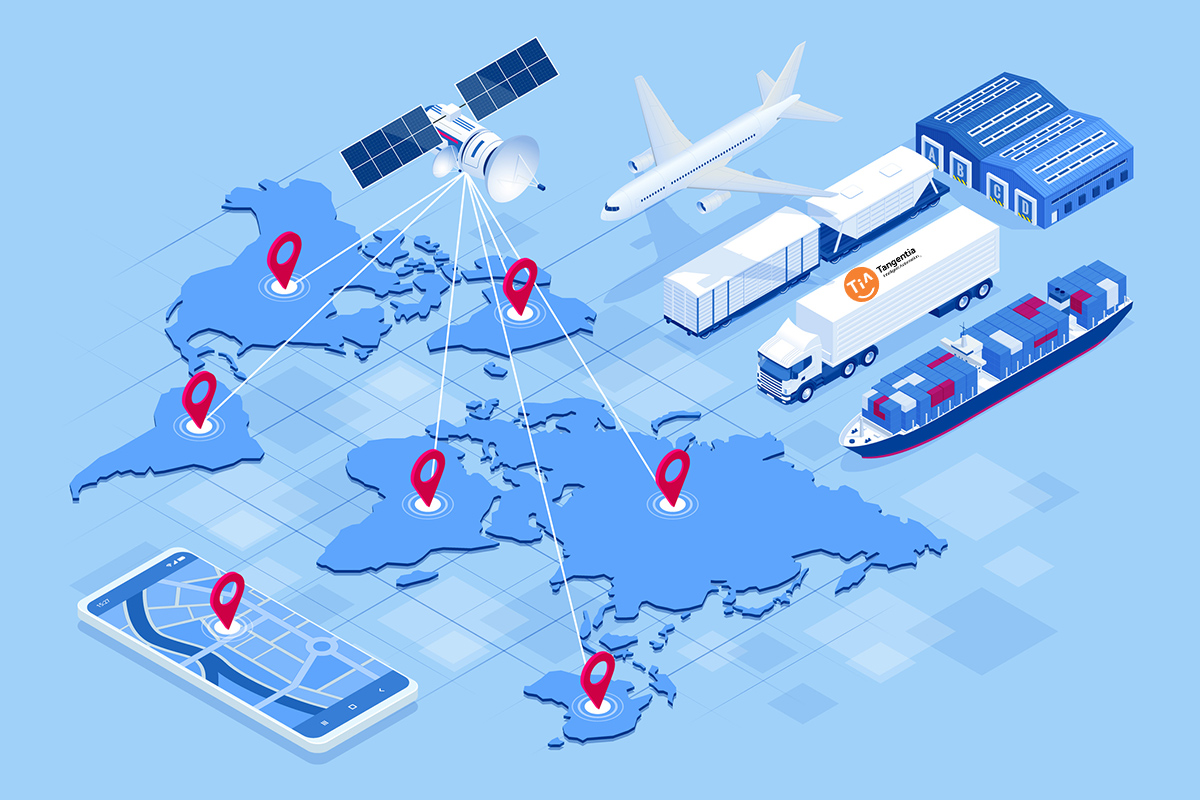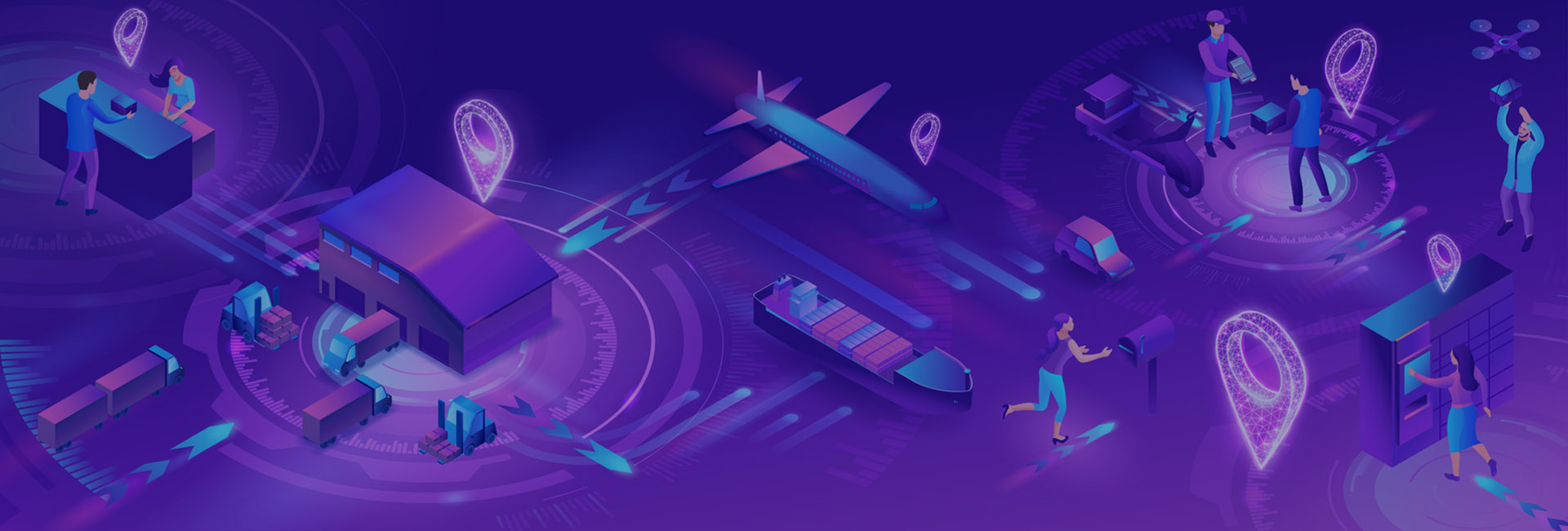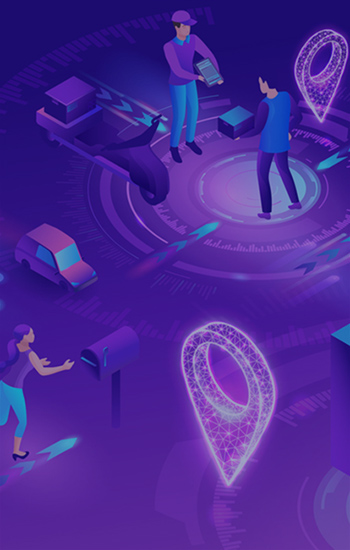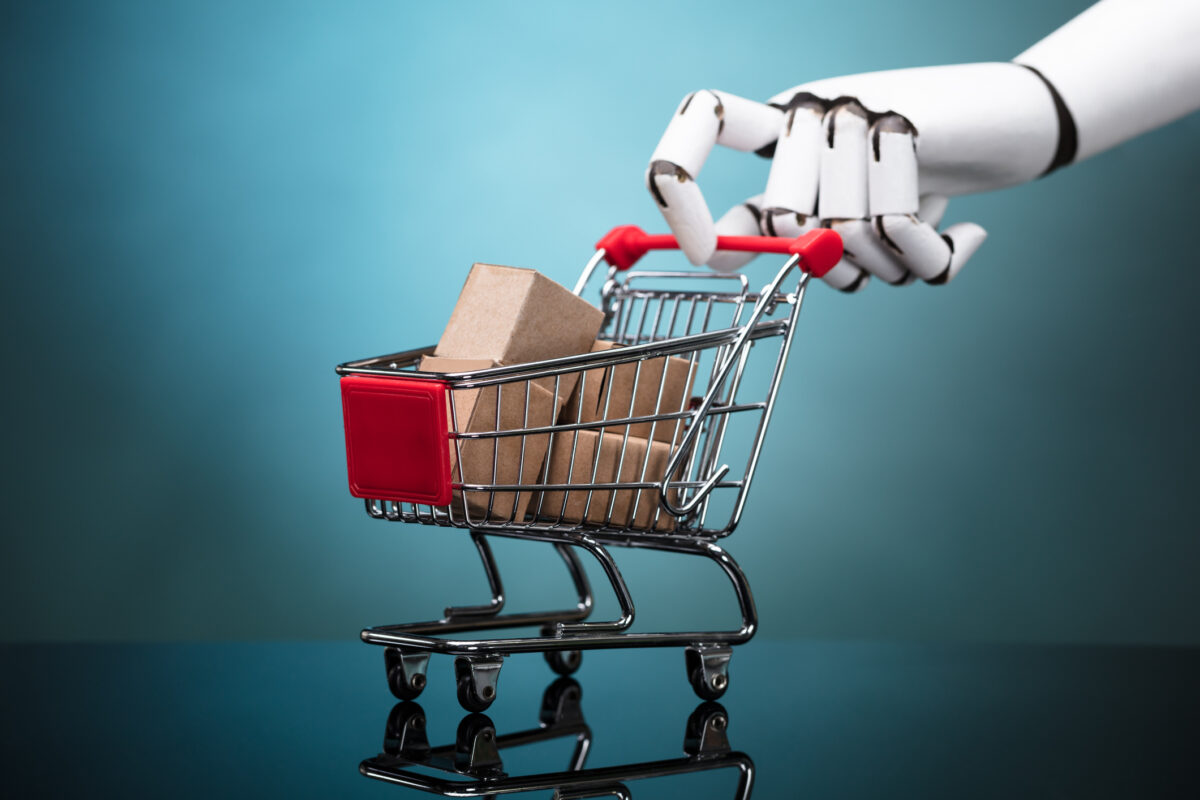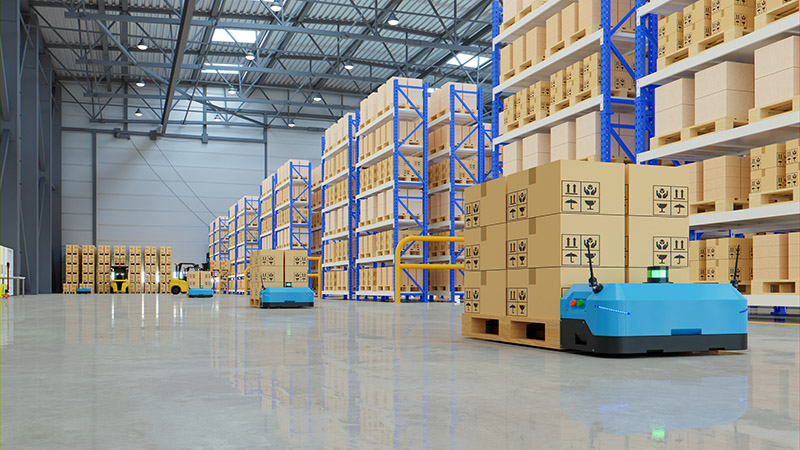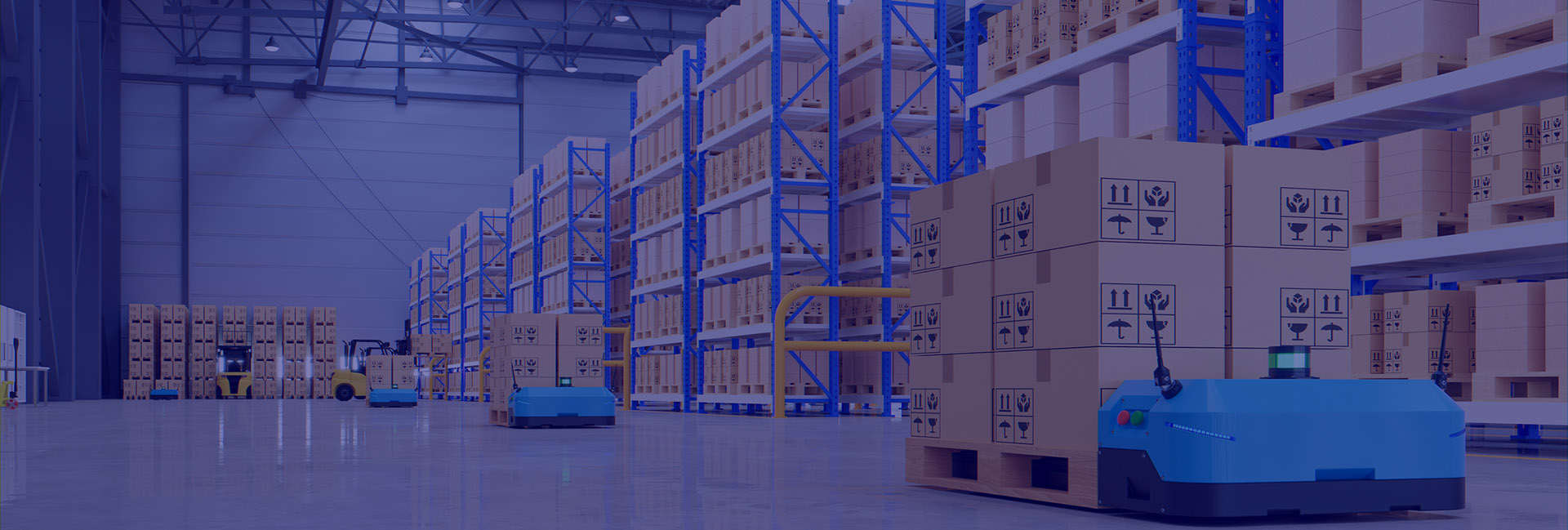The automotive industry thrives on innovation. In today’s dynamic landscape, dealerships face mounting pressure to streamline operations, enhance customer experiences, and adapt to the ever-evolving digital landscape. Tangentia emerges as a frontrunner in Autonomous Digital Transformation, empowering dealerships with cutting-edge AI-powered solutions tailored specifically for the automotive industry.
Tangentia’s Intelligent Automation platform, or TiA, represents a paradigm shift for back-office processes. This industry-specific solution leverages the power of Artificial Intelligence to automate previously time-consuming and resource-intensive tasks. Imagine a world where mundane data transfer, FASTag management processes, and vehicle registration processes are handled seamlessly by intelligent bots like the Data Transfer Bot and FASTagBot. TiA’s Vaahan Registration Bot exemplifies this transformation, facilitating effortless data transfer between internal systems, ERPs, and vehicle registration platforms, maximizing efficiency.
Tangentia’s commitment extends beyond automation. Through a strategic collaboration with IBM, Tangentia bolsters automotive businesses with a robust layer of cybersecurity, ensuring access to the latest cloud-based solutions. Furthermore, Tangentia provides unparalleled 24/7 support across North America, Mexico, and India, guaranteeing peace of mind for its clients.
The tangible benefits of Tangentia’s intelligent automation solutions are undeniable. By streamlining back-office processes, optimizing financial transactions, and empowering effective data management, Tangentia delivers a powerful trifecta: increased operational efficiency, enhanced customer experience, and significant cost and time savings. This translates to a competitive edge for dealerships, allowing them to stay ahead of the digital transformation curve.
Industry analysts predict significant growth in the automotive industry automation in the coming years. The global robotic process automation market size was valued at USD 2,942.7 million in 2023 and is projected to grow at a compound annual growth rate (CAGR) of 39.9% from 2023 to 2030. This surge is driven by the potential for automation, to deliver:
Reduced processing times
Automation can slash processing times for tasks like data entry and report generation by up to 65%, freeing up valuable human resources to focus on higher-value activities.
Enhanced accuracy
By eliminating human error in repetitive tasks, automation can significantly improve data accuracy, leading to fewer errors and rework.
Improved customer satisfaction
Faster turnaround times and fewer mistakes translate to a more positive customer experience, fostering loyalty and repeat business.
Tangentia is more than just an automation provider; it’s a transformative force in the automotive industry. Our solutions empower dealerships to operate with unparalleled efficiency, unlocking the future of automotive success. In a world where every second counts, Tangentia ensures that dealerships capitalize on their most valuable asset: time. By partnering with Tangentia, dealerships can embrace the future of automotive efficiency and propel themselves towards continued success.
Get a free Proof Of Concept
Sign up for a free POC worth $5000 for Tangentia's TiA implementation. Book a discovery call with us today to find out more about what Tangentia Intelligent Automation solutions can do for you.
The Tangentia Advantage
By automating repetitive tasks and streamlining processes, TiA empowers telecom companies to:
- Reduce operational costs
- Enhance customer satisfaction
- Increase employee productivity
- Drive innovation and growth
Ready to unlock the potential of automation in your automotive business? Contact Tangentia today and discover how TiA can help you achieve your goals.







